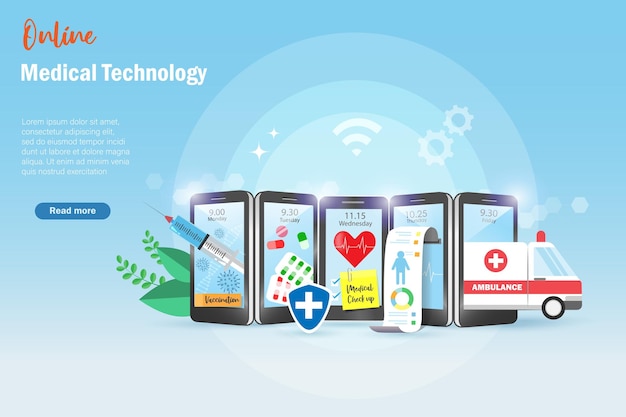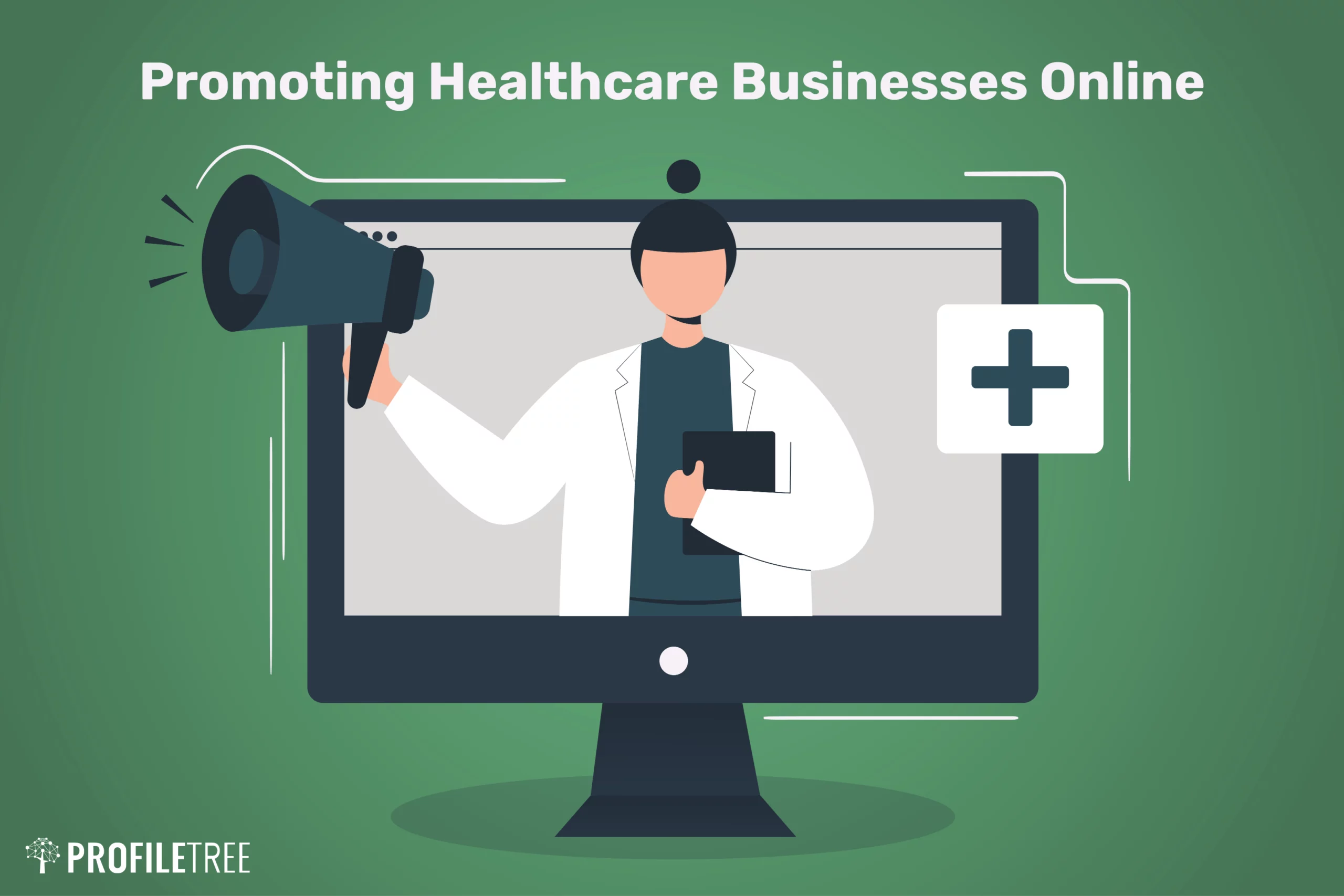Recognizing the Cost Savings of Subscription Based Healthcare for Families
Recognizing the Cost Savings of Subscription Based Healthcare for Families
Blog Article
The Rise of Subscription-Based Medical Care and Its Effect on Person Care
As healthcare develops, the subscription-based model is gaining traction, assuring to transform patient care by offering predictability and accessibility. These versions, which bypass standard insurance coverage, might redefine the patient-doctor dynamic, emphasizing precautionary and tailored treatment. As with any advancement, they offer difficulties, specifically worrying fair access for all socioeconomic teams. The possibility for these models to improve medical care delivery elevates pressing questions about their long-lasting sustainability and inclusivity. Are these subscription services the future of healthcare, or do they risk leaving at risk populaces behind? The intricacies of this change warrant a more detailed evaluation.
Comprehending Subscription Medical Care Versions
Comprehending the concept of membership health care designs involves checking out a transformative technique to medical solutions that emphasizes cost and accessibility. These versions, commonly referred to as straight health care (DPC) or attendant medicine, have become innovative choices to standard fee-for-service health care systems. Subscription health care allows individuals to pay a fixed regular monthly or yearly fee for a specified set of clinical solutions, which may include endless office brows through, routine examinations, and standard lab tests, without the requirement for typical insurance coverage payment.
The framework of subscription health care designs is made to improve individual treatment by removing third-party payers and intricate billing codes, therefore decreasing administrative problems. Medical care service providers can concentrate a lot more on person treatment, cultivating stronger patient-provider relationships. This model also promotes preventative care by motivating normal brows through, as the economic barrier of per-visit costs is gotten rid of.
The membership design usually empowers health care suppliers to take care of smaller sized person panels, permitting even more tailored treatment. It lines up monetary incentives with patient health outcomes, as service providers are motivated to maintain person satisfaction and health. Generally, recognizing membership health care models calls for identifying their prospective to reshape just how care is supplied and accessed.
Advantages for Companies and patients

For companies, subscription-based versions supply the opportunity to deepen patient-provider connections. With a consistent profits stream, medical care experts can commit even more time per patient, resulting in a much more comprehensive and customized care experience. This model likewise decreases reliance above patient volumes, reducing burnout and improving work contentment. The emphasis on preventive care within registration plans can lead to much better person results and lowered long-term health care prices. By concentrating on continuous care, carriers can deal with issues before they intensify, eventually profiting the medical care system in its entirety by reducing the worry on emergency and acute treatment services.
Difficulties and Concerns
While subscription-based medical care models present numerous advantages, they also come with a set of challenges and problems that need to be dealt with. Initially, ease of access stays a considerable concern, as these designs frequently target individuals who can manage month-to-month charges, possibly excluding low-income populations. This raises moral inquiries concerning equitable access to health care solutions. Additionally, the varied nature of membership plans can cause complication among people regarding coverage specifics, potentially resulting in unmet expectations or poor treatment.
Financial sustainability of subscription-based models is an additional issue. Companies should balance the set income from registrations with the variable expenses of medical care solutions, which may vary as a result of unanticipated clinical needs. This can develop stress to restrict solutions or rise costs, possibly affecting client complete satisfaction and care quality.
In addition, regulative oversight of subscription-based medical care versions is still developing. The absence of standardized frameworks can lead to irregular service quality and responsibility, making complex efforts to ensure person security. Last but not least, the integration of modern technology-- usually a cornerstone of these designs-- questions concerning information privacy and safety and security, as delicate patient details could be susceptible to violations. Addressing these difficulties is essential for the fair and effective application of subscription-based medical care.
Influence On Patient-Doctor Relationships
One significant impact of subscription-based medical care models on patient-doctor relationships is the capacity for improved continuity and individualized treatment. By embracing a registration model, medical professionals can take care of a smaller sized person panel, permitting for even more dedicated time with each individual. This enhanced accessibility promotes a deeper understanding of an individual's medical background, way of living, and preferences, allowing extra customized therapy plans and treatments.

However, it is necessary to identify that while subscription-based designs might profit those who can afford them, they can unintentionally widen medical care disparities. People who are incapable to take part in these versions might experience reduced accessibility to customized care, possibly affecting their connections with doctor. Thus, while the membership model uses encouraging advantages for patient-doctor relationships, it additionally presents challenges that require to be addressed to make certain fair healthcare access.
Future of Medical Care Gain Access To

The role of important site innovation can not be overlooked in this improvement. Telemedicine platforms and digital wellness records help with seamless communication between individuals and doctor, breaking down geographical and logistical barriers. Additionally, advancements in synthetic knowledge and data analytics can further customize healthcare by forecasting patient requirements and enhancing therapy plans.
Nevertheless, the future of health care accessibility additionally presents obstacles, such as making certain equity throughout different socio-economic groups. Policymakers and healthcare service providers have to work together to bridge the digital divide, ensuring that subscription-based models continue to be inclusive and cost effective. As these systems mature, they hold the pledge of making medical care a lot more easily accessible, reliable, and patient-centric.
Final Thought
Subscription-based healthcare models are reshaping person care by offering a secure price structure and enhancing availability. These versions reinforce patient-provider relationships through personalized treatment and Visit Website routine gos to, emphasizing preventative health and wellness. Regardless of these benefits, obstacles such as availability concerns for low-income populaces and the requirement for fair medical care solutions linger. The rise of subscription-based medical care urges positive client engagement, which has the possible to boost client outcomes and satisfaction, signifying a transformative change in medical care delivery.
As healthcare evolves, the subscription-based model is acquiring traction, promising to change patient care by providing predictability and ease of access.Subscription-based medical care models provide distinct benefits for both patients and suppliers, improving the overall health care experience.As medical care systems evolve, the future of healthcare accessibility regularly pivots on the integration of cutting-edge designs and innovations.Subscription-based health care models are improving client treatment by giving a secure price framework and boosting accessibility. The surge my site of subscription-based health care motivates positive individual engagement, which has the prospective to boost client results and complete satisfaction, signaling a transformative shift in health care shipment.
Report this page